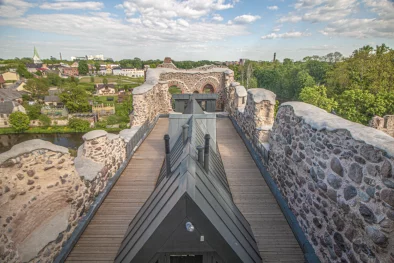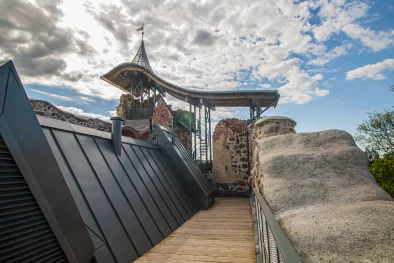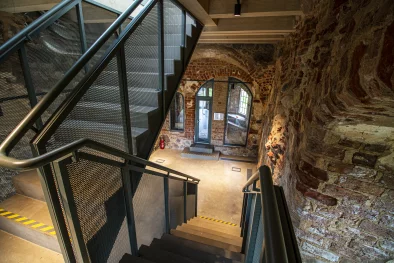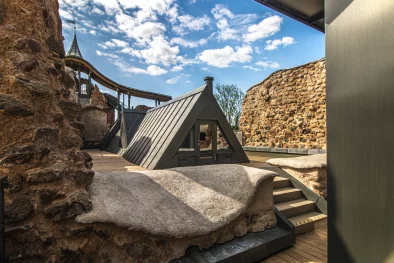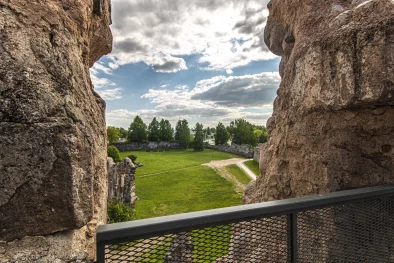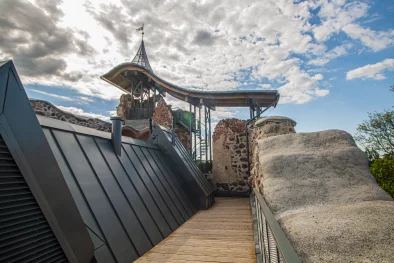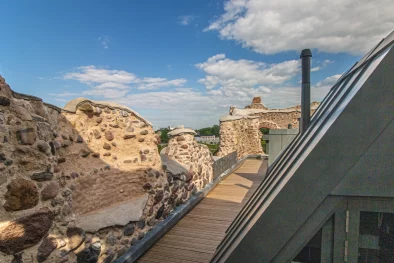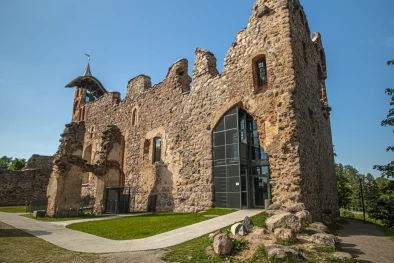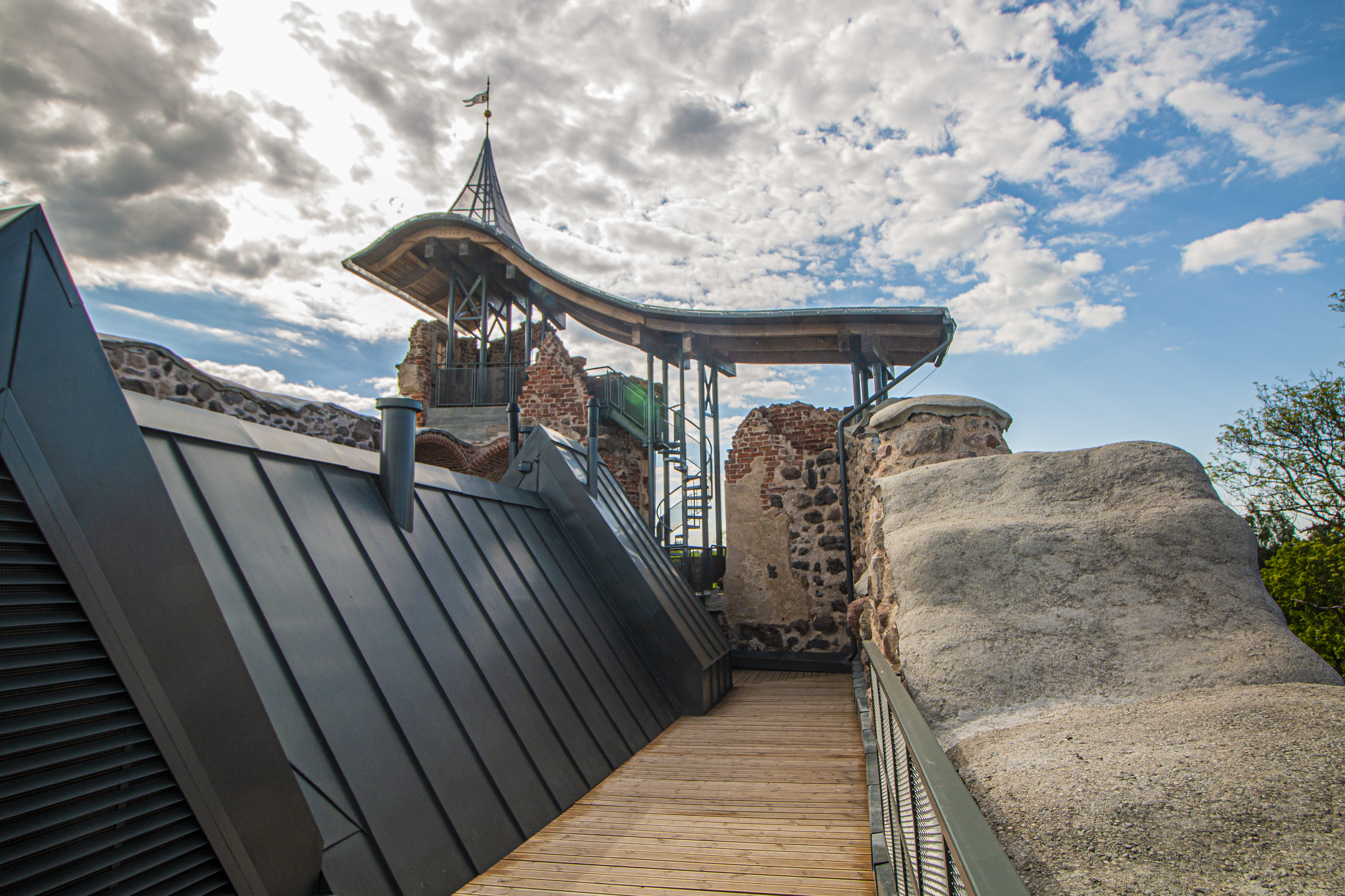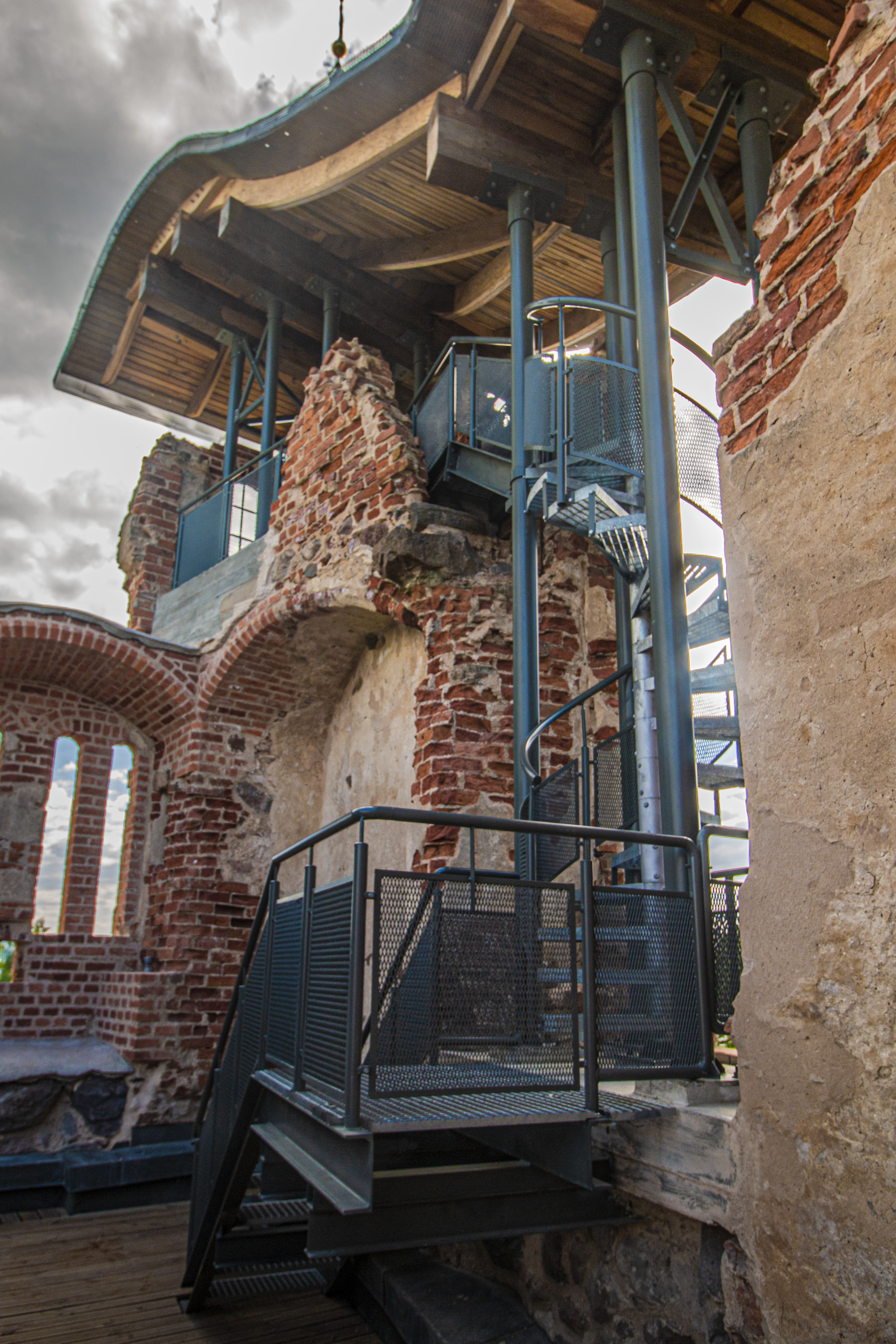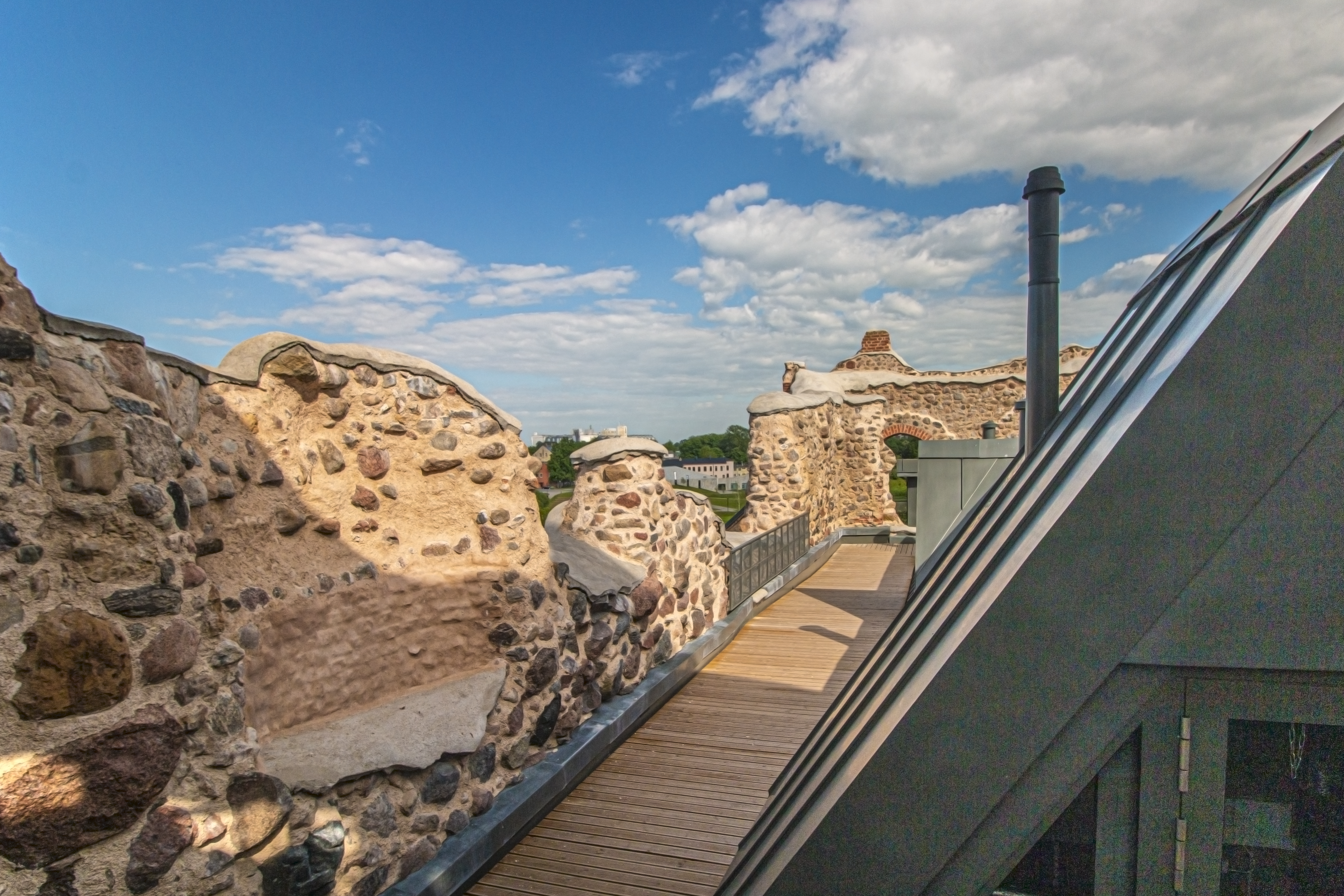On 28 August, with the support of European Union (EU) funds, Dobele Castle, reborn in a new look, opened its doors to the public with the concert story “Dobele has a Castle again”.
Within the project “Preservation and development of significant cultural heritage for the improvement of cultural tourism offer in the Zemgale region” archaeological research on parts of the chapel walls, conservations and new infrastructure was built, creating premises for Dobele Regional Research Museum. The newly created services enrich the offer of tourism, culture and educational services, provide an environment for the creation of a traditional crafts and tourism marketing development centre at the Livonian Order Castle Complex in Dobele and Zemgale region.
Centuries of History
The hillfort and the ruins of the castle walls are the most ancient and significant evidence of medieval cultural history in the region. The settlement of Dobele’s oldest inhabitants, the Zemgale citizens, has been here since 1000 BC. The ancient town was surrounded by a wooden Zemgale castle which was one of the administrative centres of ancient Zemgale inhabitants. The castle is mentioned several times in the Rhymed Chronicle, recounting battles fought between the locals and German knights in the 13th century. From 1279 to 1289, Dobele Castle withstood six enemy sieges. In 1289, Zemgale citizens abandoned the castle undefeated, burning it down themselves, and went to Rakte in Lithuania.
From 1335 to 1347, the Livonian Order built a stone castle on the site of the Zemgale wooden castle; later a church was added and a park was created. Until 1562, the castle was home to the garrison commander and the regional governor — Komtur. During the period of Kurzeme-Zemgale Duchy, the castle was overseen by several commandants, the last of whom was Captain Christoph Georg von Offenberg. After 1729, the castle built by the Livonian Order was no longer inhabited and gradually collapsed. In 2002, the conservation of the Dobele Castle ruins began.
The New and the Old Complementing One Another
Since 2002, architect Pēteris Blūms has been working on the preservation and development vision of the Livonian Orden Dobele Castle Complex. He presented the first technical project for the reconstruction and conservation of the castle in 2009, and building operations began in 2018.
During the building operations, archaeological wall research and conservation was carried out and new infrastructure was built. During the works, the architectural form of the castle was generally preserved as the existing silhouette of the ruins. The new roof elements do not alter the overall perception of the torsional silhouette of the ruins from a greater distance. From close distances, parts of the new roof between the walls can only be seen in fragments, and from most angles not at all. The Livonian Order Chapel of Dobele Castle was put into operation in 2020 and has become a multifunctional centre for culture, crafts and tourism development. The castle has been reborn in a new form, where the spirit of the past and the future intertwine, in constant flux, symbolising our being here and now — between the periods of history. One that has already passed, and one that has not yet been achieved. The new is intertwined with the old, with respect for each other.

